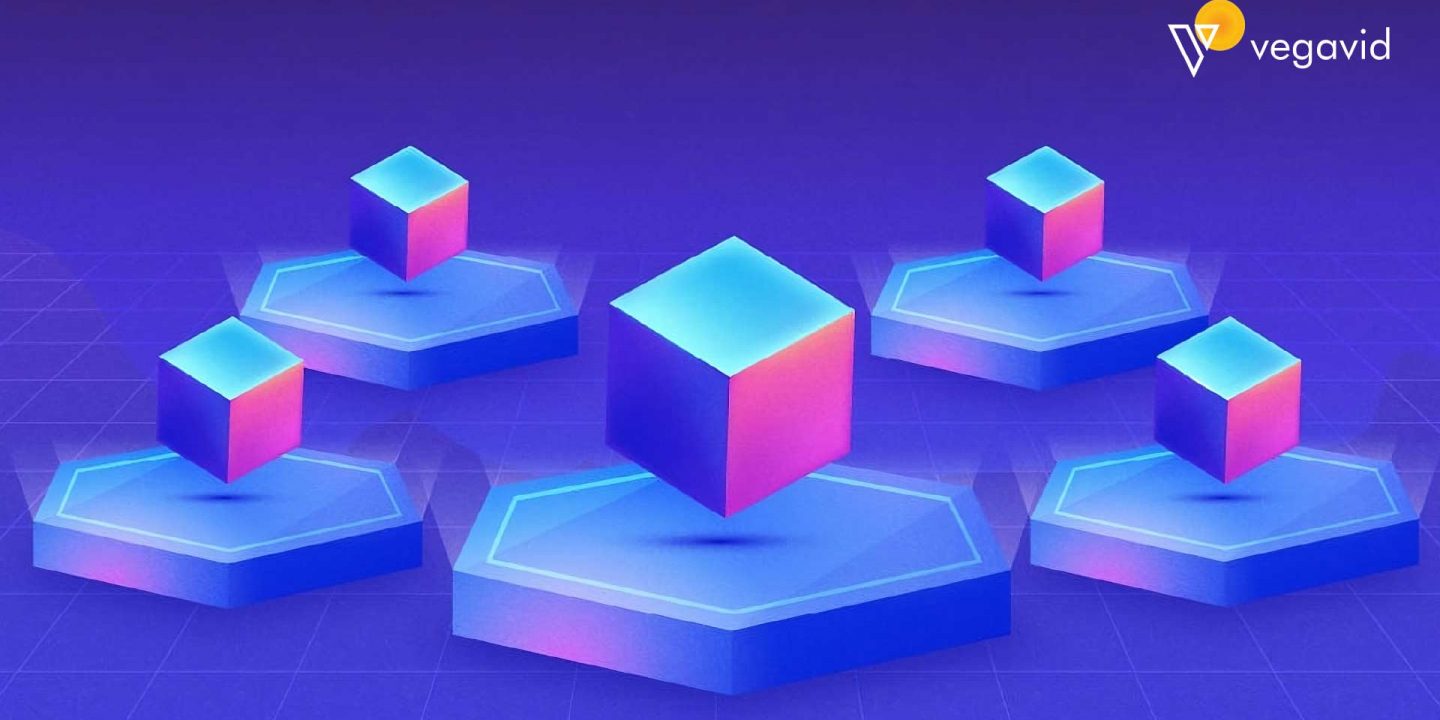
Blockchain technology is changing how things of worth and information change hands. A blockchain is a list of transactions shared between computers on a network. Transactions are secured using cryptography and stored on many computers. This allows the recording of data and deals without a middleman. The first use for blockchain was the Bitcoin digital currency, but applications of the technology go far beyond cryptocurrency. Industries now researching how blockchain can help include financial services, supply chain management, healthcare, and government. They study how blockchain can improve work speed, security, and openness.
However, like all new technologies, blockchain comes with pros and cons that need to be weighed. The main advantages include immutability, accessibility, higher security, and lower costs due to removing intermediaries. The primary challenges relate to scalability, lack of governance, technical complexity, and high energy usage. As more businesses experiment with blockchain, solutions for some of these issues will likely emerge. But for the technology to reach mainstream adoption, most of the current drawbacks will need to be overcome.
What is blockchain technology?
Blockchain technology is a shared list used to safely record and check deals. Blockchains work by putting deals into linked groups in time order. Each group contains a secret link to the last group. This forms a chain. This structure makes blockchains hard to change. A change in one group would need changes in all later groups. Blockchains also use agree rules to check deals. This lets deals be put on record without the need for one manager in charge. This combination of properties makes blockchains secure, immutable, and decentralized. Blockchain technology underpins cryptocurrencies like Bitcoin and also has applications beyond currency.
Types of blockchain
Blockchains come in different types to meet varied needs: public blockchains prize decentralization while private blockchains offer more control and privacy.
- Public blockchains: A public blockchain is fully decentralized and permissionless, meaning anyone can view, send transactions to, and participate in the network’s validation process. Bitcoin and Ethereum are examples of public blockchains. The main advantages of public blockchains are security, transparency, and decentralization.
- Private blockchains: A private blockchain is centralized and has permission, meaning only authorized nodes can participate in consensus and view information. Transactions are only visible to those granted access. Private blockchains offer improved security, privacy, and traceability, but lose some of the decentralized benefits. They are often used by businesses for supply chain management, banking, and document verification.
- Consortium blockchains: A consortium blockchain is a network where the consensus process is controlled by pre-selected nodes. It is partially decentralized, with participation limited to consortium members. Examples include blockchains used by banks for financial settlements. Consortium blockchains aim to strike a balance between decentralization and control, offering security, privacy, and efficiency.
- Hybrid blockchains: A hybrid blockchain combines a public blockchain and one or more private blockchains. It uses the public blockchain for operations that require decentralization and immutability, while private blockchains handle sensitive data and transactions. Hybrid blockchains aim to combine the best aspects of public and private networks to serve a variety of use cases. However, they are more complex to design and implement.
Advantages of blockchain
Following are the advantages of the blockchain-
- Transparency: All transactions recorded on a blockchain are open and transparent. Anyone can view the entire transaction history in near real-time. This level of transparency builds trust and ensures activities are fully auditable.
- Security: Blockchains use cryptography and consensus mechanisms to securely record data. Modifying records requires overcoming significant computational power. This makes blockchains resistant to hacking and revision, securing stored data and assets.
- Immutability: Once data is recorded on a blockchain, it is extremely difficult to change or reverse. This immutability ensures the integrity of data without the need for intermediaries or centralized authorities.
- Efficiency: Blockchains can reduce the need for intermediaries, allowing transactions to be completed in minutes through self-executing smart contracts. This efficiency gains speeds up processes and lower transaction costs.
- Decentralization: Blockchains are managed by a peer-to-peer network, without a central authority. Decentralization makes the systems more robust, and resistant to failures and censorship. It also gives all participants equal rights.
Blockchain Development Company
Disadvantages of blockchain
Along with the above-mentioned advantages, blockchain also has certain limitations. These limitations are as follows-
- Scalability: Current blockchains do not scale well to support a large number of transactions per second. The computational requirements for validating transactions and reaching consensus limits throughput. This makes blockchains unable to handle the volume of mainstream applications.
- Energy use: The computational power and servers required to run blockchain networks consume a significant amount of energy. This energy use raises economic and environmental sustainability concerns for large-scale blockchain adoption.
- Irreversibility: The immutability and inability to reverse transactions on a blockchain can cause issues if fraudulent or erroneous transactions occur. There are limited options to reverse or undo unwanted actions on public blockchains.
- Control: Public blockchains are fully decentralized, meaning no entity has control over the network. This lack of centralized governance can inhibit the rollout of updates or changes needed to improve the blockchain over time.
- Regulatory uncertainty: Regulations have been slow to adapt to new technologies like blockchain. Unclear or nonexistent regulation creates uncertainty that hinders mainstream blockchain adoption.
Industries in which blockchain is being used
Blockchain technology is finding uses in many industries as it offers benefits like security, transparency, immutability, and decentralized access. Some of the major industries where blockchain is being utilized are:
- Banking & Finance: Banks are exploring blockchains for activities like payments, settlements, remittances, and asset exchanges. Blockchain applications in banking aim to reduce costs, improve transparency and mitigate fraud risks. Examples include cryptocurrencies, security tokens, and decentralized finance platforms.
- Supply Chain: Blockchain enables more transparent, traceable, and automated supply chains. Supply chain applications include trade finance, provenance tracking, inventory management, contract management, and IoT sensor data integration. Blockchains improve visibility, efficiency, and counterfeit prevention across supply networks.
- Healthcare: Blockchain applications in healthcare focus on records management, clinical trials, claims management, and bringing efficiency gains. Blockchains can create tamper-proof health records and payment systems while ensuring privacy. Stored data can enable better research, diagnostics, and personalized care.
- Government: Governments are testing blockchain applications for services like ID systems, voting, registries, land title records, and welfare programs. Blockchains offer improved traceability, transparency, and fraud resistance for vital government systems and processes. Smart contracts also enable more automated governance functions.
Reasons to opt for blockchain
Blockchains inherently provide transparency through their distributed ledger system. Organizations can leverage this transparency to build trust, ensure audibility and provide key insights into processes. Transparency increases stakeholder confidence and regulatory compliance.
The permanent, timestamped, and incorruptible nature of blockchains makes them ideal for tracing the origin, custody, and movement of assets. Organizations can implement blockchains to improve the traceability of products, shipments, and components for quality assurance and supply chain visibility.
Blockchains use cryptography and consensus mechanisms to securely record transactions in a way that is resistant to fraud and hacking. Organizations can implement blockchains to minimize risks of data tampering, counterfeiting, and unauthorized transactions.
Smart contract-enabled blockchains can automate workflows, transactions, and business processes. This reduces manual efforts, errors, and delays. Organizations can adopt blockchains to digitize and automate repeatable work for improved efficiency.
Reasons not to opt for blockchain
Current blockchains do not scale well to support a large number of transactions per second. The computational requirements for validating transactions and reaching consensus limits throughput. This makes blockchains unable to handle the volume of mainstream applications.
The computational power and servers required to run blockchain networks consume a significant amount of energy. This energy use raises economic and environmental sustainability concerns for large-scale blockchain adoption.
The immutability and inability to reverse transactions on a blockchain can cause issues if fraudulent or erroneous transactions occur. There are limited options to reverse or undo unwanted actions on public blockchains.
Public blockchains are fully decentralized, meaning no entity has control over the network. This lack of centralized governance can inhibit the rollout of updates or changes needed to improve the blockchain over time.
Regulations have been slow to adapt to new technologies like blockchain. Unclear or nonexistent regulation creates uncertainty that hinders mainstream blockchain adoption. Organizations may prefer to wait for a more stable regulatory environment before implementing blockchain solutions.
Future of blockchain
Blockchain technology has the potential to revolutionize many industries in the coming years. As technology matures and becomes more user-friendly, it may become part of our daily lives in ways we cannot imagine today. Blockchain allows for the decentralized recording of transactions and data sharing across a network using cryptography to keep records secure and transparent without a centralized authority.
Transaction details are recorded in linked blocks forming a blockchain ensuring security, transparency, and traceability. Many foresee uses of blockchain in finance to modernize transactions and record keeping, making payments faster, more secure, and cheaper. The healthcare industry could benefit from using blockchain to store and share patient records securely and transparently. Supply chain management is another promising area for blockchain as it could track goods from origin to destination more securely and transparently, reducing costs and inefficiencies.
Governments could utilize blockchain for more efficient and transparent record-keeping related to documents. In the future, blockchain may become an integral part of our digital lives and the internet itself, changing the way we transact, share data, and interact online in ways not possible today. However, many challenges remain as the technology evolves and scales to mainstream use.
Conclusion
Blockchain technology offers various benefits but also has limitations. The main pros of blockchain are transparency, security, immutability, and decentralization. All transactions recorded on a blockchain network are public, traceable, and nearly impossible to change. There is no central authority controlling the network. This improves security through cryptography and removes middlemen, potentially reducing costs.
However, blockchain faces challenges like scalability issues, lack of universal laws, interoperability problems, technical complexity, and high energy usage. Many blockchain networks cannot handle the transaction volumes of mainstream applications today. There are no global regulations for the technology yet. Different blockchains cannot communicate with each other. Blockchain remains a complex technology that requires specialized skills. Some networks consume a lot of computing power and energy.








